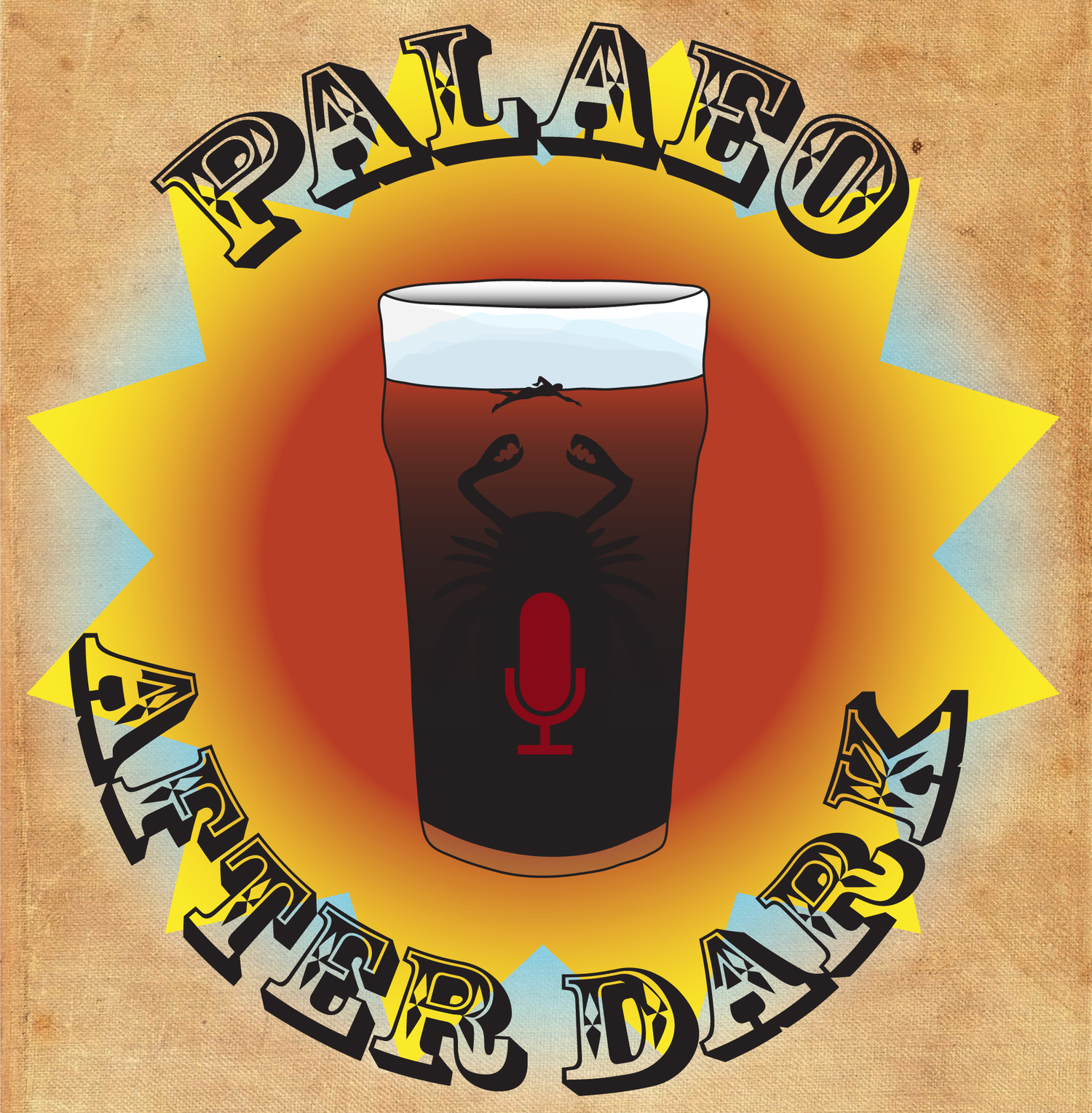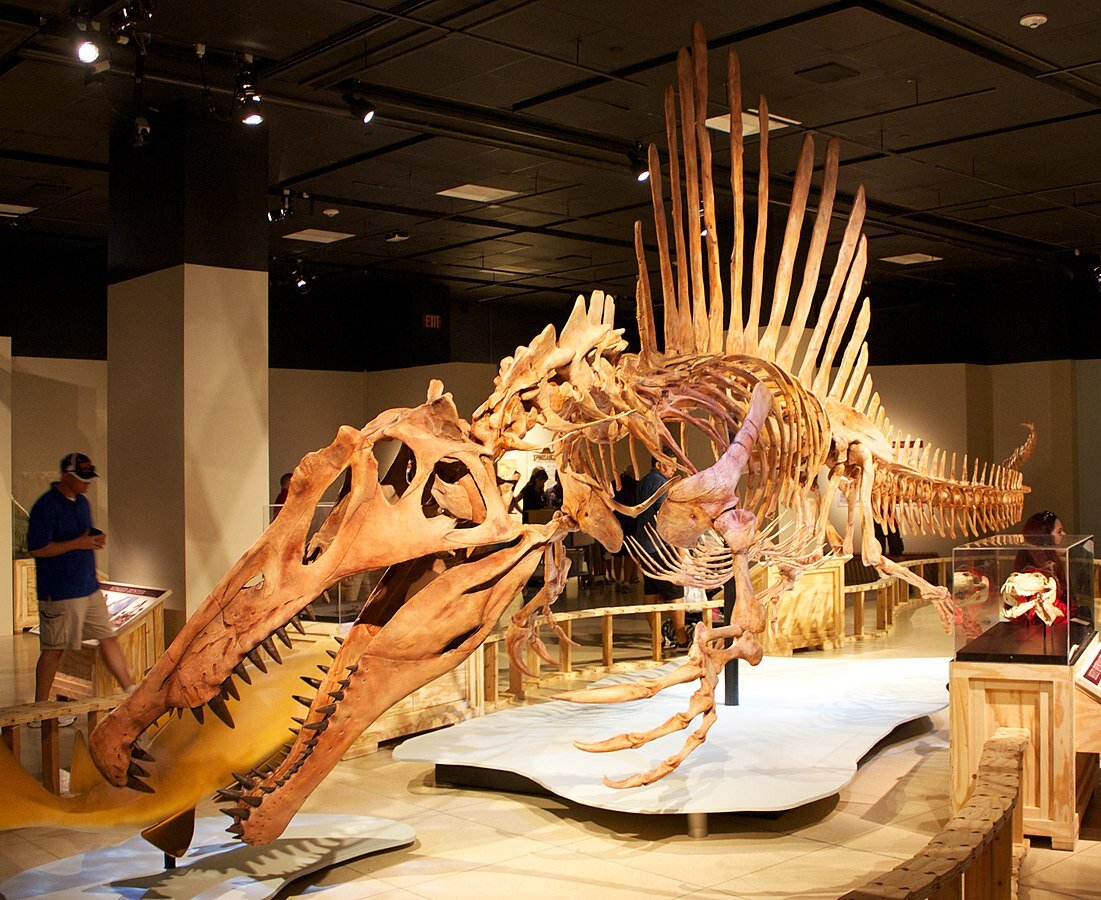Podcast 194 - Pedals the Crocodile
/The gang discusses two papers about the ecological data that we can learn from looking at trace fossils. The first paper looks at a unique ancient crocodilian behavior, and the second paper shows similar shore bird behaviors over the course of tens of millions of years. Meanwhile, James is full of bones, Amanda is honored, and Curt loves Hanna Barbera.
Up-Goer Five (Amanda Edition):
Today our friends talk about foot marks. They talk about the foot marks of two-legged animals with no hair and no teeth that can usually fly, and also the foot marks of two-legged animals that are usually four-legged, with big teeth and long faces and hard skin. The foot marks of two-legged animals with no hair or teeth that can fly are fun because they look at ones that have been known about for a very long time, but no one has ever done anything with them. They are not so old, and they look at them and some ones that are very very old, and find that they have the same sort of groups of foot marks, even though one is very old and very far away from the other one, which is much less old. They also say that you can see the same sort of groups of foot marks today, too. The other foot marks are from animals that are usually four-legged, but this one is two-legged. That is not so weird, because they were two-legged a long, long time ago. But this one is two-legged after we thought they all were four-legged. That's weird because at the same time there were very large angry animals with big teeth and no hair, which people thought maybe made it so these other usually four-legged animals with big teeth and long faces and hard skin couldn't be two-legged anymore. Maybe that isn't really the case, because it doesn't look like these foot marks were made by something that is only going two-legged for a short time.
References:
Lockley, Martin, et al. "Bird tracks from the Green River Formation (Eocene) of Utah: ichnotaxonomy, diversity, community structure and convergence." Historical Biology (2020): 1-18.
Kim, Kyung Soo, et al. "Trackway evidence for large bipedal crocodylomorphs from the Cretaceous of Korea." Scientific Reports 10.1 (2020): 1-13.

















